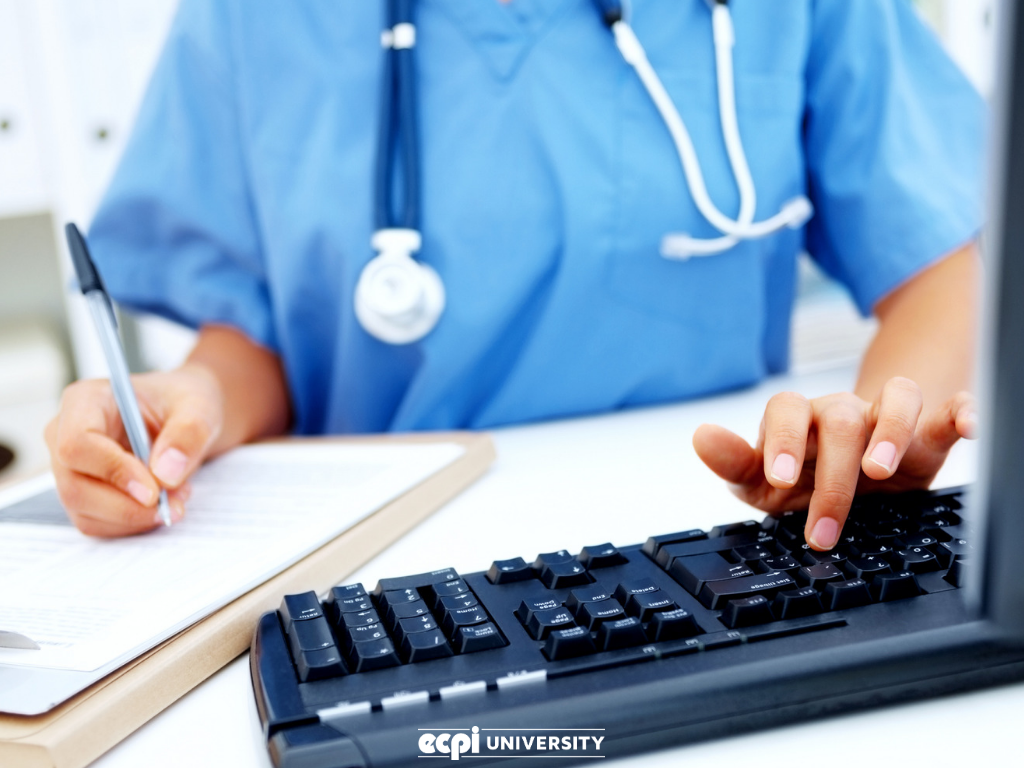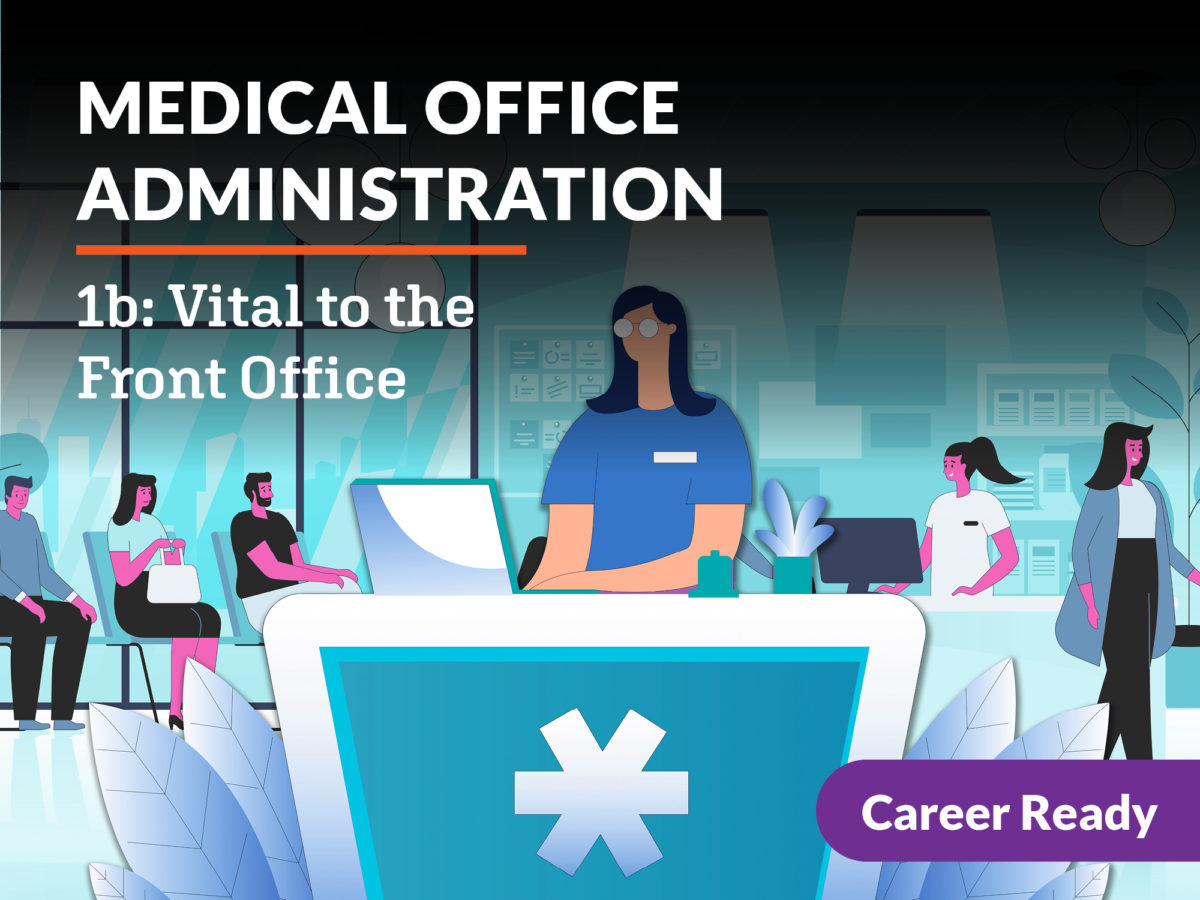Finest Practices in Medical Administration for Improving Performance and Decreasing Costs
In the ever-evolving landscape of health care, the quest of ideal practices in clinical administration is vital for improving performance and suppressing expenses. By integrating advanced innovations such as digital health records and telemedicine, doctor can streamline procedures and boost client care. Technology alone is not a cure all; maximizing resource allotment and cultivating collaborative communication among treatment teams are just as vital. As organizations aim to stabilize high quality and expense, what techniques should be prioritized to accomplish these twin objectives? The responses to these questions hold the trick to a much more sustainable healthcare system.
Leveraging Advanced Technology
In today's swiftly progressing medical care landscape, leveraging innovative modern technology is no more optional however vital for effective medical administration. The assimilation of electronic remedies into healthcare systems has transformed the method centers operate, enhancing processes and improving patient treatment. Electronic Health Records (EHRs) are essential, providing detailed patient data that can be accessed instantly by authorized employees, hence reducing redundancy and lessening mistakes. By centralizing individual info, EHRs eliminate the requirement for difficult documents and promote seamless interaction amongst doctor.
Telemedicine is an additional technical development that has actually reinvented individual communication. It provides ease for both clients and medical care experts by enabling remote consultations, which can minimize the requirement for in-person sees and maximize consultation scheduling. Furthermore, telehealth systems can expand medical care accessibility to country or underserved areas, bridging gaps in treatment shipment.
Moreover, using Artificial Knowledge (AI) and equipment knowing is coming to be progressively widespread in predictive analytics, enabling very early detection of possible health issues and even more enlightened decision-making. These modern technologies, when integrated successfully, can boost diagnostic precision and personalize individual treatment strategies, eventually bring about improved medical care results and operational effectiveness.
Optimizing Source Allocation
By purposefully taking care of sources such as personnel, devices, and finances, medical care centers can significantly improve their operational performance, improve client end results, and lower unneeded expenditures. The very first action in enhancing resource allocation includes performing an extensive assessment of current possessions and determining locations where resources might be underutilized or exhausted.
Prioritizing resource allocation based on patient demands and service demands is essential. This includes lining up resources with high-demand locations, such as emergency treatment or specialized treatments, to make sure timely and reliable client care. Carrying out adaptable staffing designs can likewise optimize labor sources by adjusting personnel allotment in response to changing patient quantities. Additionally, embracing telemedicine and other technical remedies can ease physical source restraints by offering different avenues for patient-provider interactions.
Monetary resources must be meticulously monitored and alloted with calculated insight to sustain both short-term functional demands and long-term institutional objectives. This consists of investing in training programs that boost staff competencies and taking on energy-efficient techniques that decrease functional costs (medical administration). Inevitably, an optimized source allowance technique fosters a sustainable medical care setting that is receptive, efficient, and economically sensible
Streamlining Workflow Procedures
When healthcare facilities objective to boost operational performance, improving workflow procedures comes to be a crucial emphasis. Effective process reduce redundancy, eliminate unnecessary steps, and enhance control among medical care experts. This strategy not only accelerates service delivery yet likewise improves the high quality of basics client treatment.

Next, innovation assimilation plays a substantial duty in improving operations. Executing digital wellness records (EHRs) and computerized medical professional order entrance (CPOE) systems minimizes documentation, reduces human error, and makes sure details is accessible to all relevant personnel. Additionally, leveraging telemedicine systems can enhance patient assessments and follow-ups, reducing the pressure on physical framework.

Inevitably, structured workflows cause set you back reductions and enhanced client fulfillment, promoting a more lasting medical care atmosphere.
Enhancing Information Administration
Structure upon streamlined process, enhancing information administration comes to be an important element beforehand health care administration. Reliable information management systems are critical for maintaining exact person records, enhancing decision-making, and making sure conformity with regulative standards. By applying durable data administration services, medical care facilities can improve the top quality of person treatment while all at once reducing operational costs.
One key element of enhancing information monitoring is the integration of advanced digital health and wellness document (EHR) systems. These systems assist in the smooth exchange of client info across various departments, reducing duplication of examinations and decreasing errors. A properly designed EHR system sustains information analytics, enabling doctor to recognize trends and make informed choices concerning person treatment.
Furthermore, guarding patient data is vital. Adopting comprehensive cybersecurity actions, consisting of file encryption and routine audits, makes sure the stability and privacy of sensitive information. This not just safeguards clients yet also preserves the organization's credibility.
Buying personnel training is an additional crucial element. Enlightening health care professionals on information administration techniques improves their capacity to successfully utilize innovation, resulting in boosted client results. To conclude, improving information monitoring via sophisticated technology and detailed training more info here is important for achieving effectiveness and expense reduction in clinical administration.
Fostering Collaborative Interaction
A critical element ahead of time clinical management is promoting collective communication amongst health care professionals. Effective interaction is critical for making sure smooth client care, enhancing treatment outcomes, and reducing mistakes. By urging open dialogue and coordination across multidisciplinary groups, healthcare companies can improve their functional performance and minimize unnecessary prices.
Central to this approach is the assimilation of communication innovations such as digital wellness documents (EHRs) and safe and secure messaging systems, which facilitate the quick exchange of crucial individual information. These tools make it possible for doctor to gain access to and share information in actual time, guaranteeing that all group participants are informed and aligned in their decision-making procedures. Additionally, routine team conferences and this link interdisciplinary rounds can further advertise a culture of cooperation and accountability.
Training programs concentrated on enhancing communication abilities are likewise essential. These programs can help team develop the ability to share info plainly and pay attention actively, therefore reducing misunderstandings and fostering a helpful job setting. In enhancement, embracing standard communication methods, such as SBAR (Situation, History, Evaluation, Suggestion), can enhance the exchange of details, making certain that essential information are shared succinctly and efficiently. Inevitably, cultivating joint communication causes boosted medical care delivery and cost financial savings (medical administration).

Verdict
Including innovative innovation, such as digital wellness documents and telemedicine, along with maximized source allowance and structured operations processes, is important for improving effectiveness in medical administration. Efficient information administration and cultivating collective interaction among medical care groups are vital for reducing redundancies and improving care top quality. By prioritizing preventive treatment and taking part in high quality renovation campaigns, health care organizations can attain significant price savings and boosted patient results, therefore making certain lasting medical care delivery in an increasingly complicated environment.